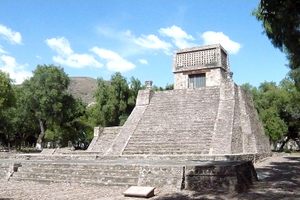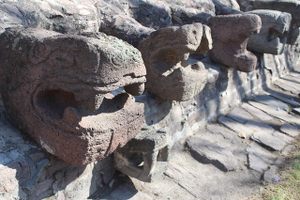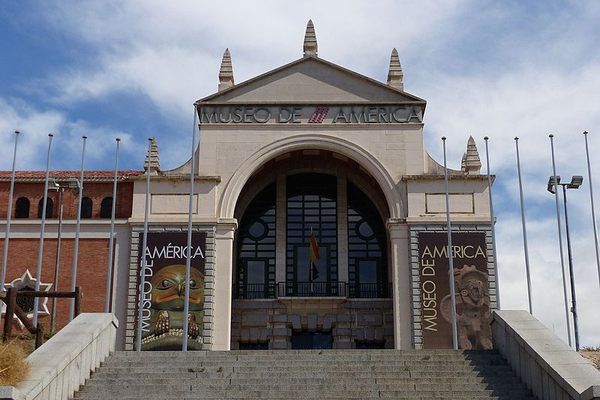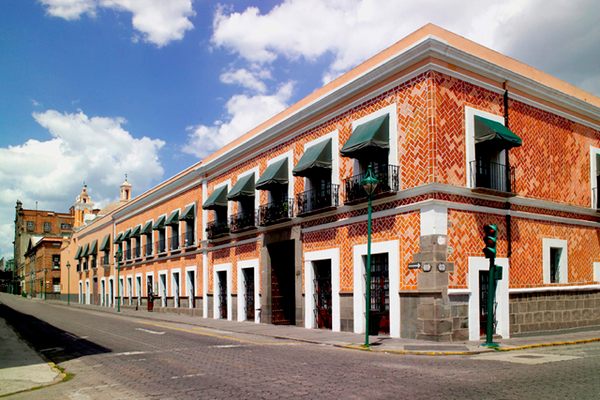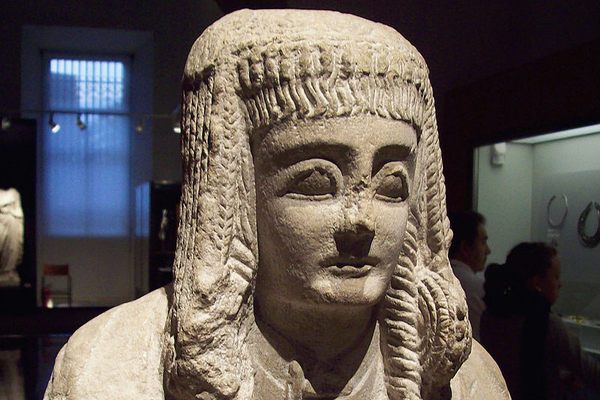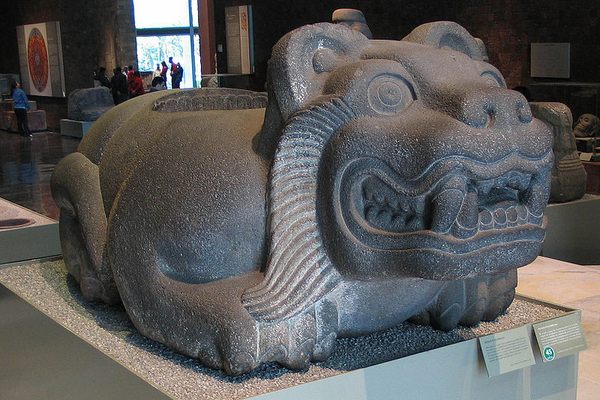About
Tucked behind the Church of Santa Cecilia is a 19th-century country house that now serves as a museum Entering the museum reveals hidden gardens, adobe walls, and even some rooms decorated in period themes.
The main rooms are filled with a collection of stone sculptures made in the northern region of the Aztec Empire. In these rooms, it is possible to see standard bearers, pieces of columns, and figurines representing the ancient deities. Some of the sculpture still bear traces of their original red, black, white, or yellow pigments.
Among the curiosities are cuauhxicalli, vessels that collected the blood of sacrificed humans. There’s also a series of carved skulls that were formerly at the foot of the altars, as well as a relief believed to represent the feathered serpent Quetzalcoatl.
The house was formerly part of a pulque hacienda, and one of the rooms even includes a reproduction of a pulqueria from the last century. (Pulque is a fermented drink made from agave.) In the museum, you can see a huge tub where the drink used to be mixed.
The museum is named after Eusebio Dávalos Hurtado, a homeopathic doctor who worked as an anthropologist. Hurtado decided he wanted to reconstruct a pyramid near the hacienda, which he and Eduardo Pelayo Moreno did in the 1960s.
Related Tags
Know Before You Go
The museum is open Tuesday to Sunday from 10 a.m. to 5 p.m.
NEW - Yucatan: Astronomy, Pyramids & Mayan Legends
Mayan legends, ancient craters, lost cities, and stunning constellations.
Book NowCommunity Contributors
Added By
Published
June 21, 2019





















